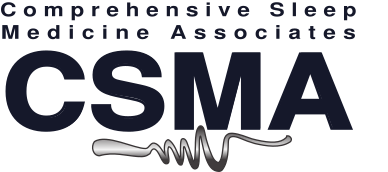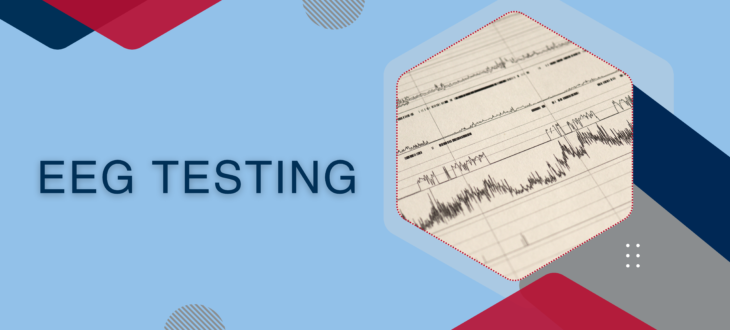An EEG records the minute electrical impulses produced by the activity of the brain. The technique of electroencephalography was first used in 1928, although it was known since the nineteenth century that electrical impulses could be recorded from animal brains.
Why It Is Done:
By the frequency of the recorded activity an EEG indicates the mental state of the subject; that is, whether he or she is alert, awake, or asleep. Also, by revealing characteristic wave patterns, the EEG can help in diagnosing certain conditions, especially epilepsy and certain types of encephalitis, dementia, and tumors. Six electrodes (labeled C3, C4, A1, A2 O1, and O2) and one ground electrode are placed around the cranium to record electrical activity across the brain. These leads are used to determine the stage of sleep the patient is in during any given period of the night.


 .
. 

